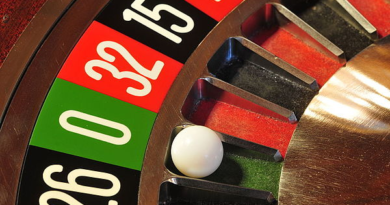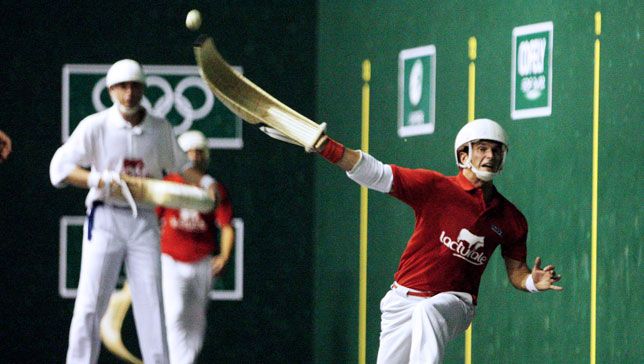Baccarat
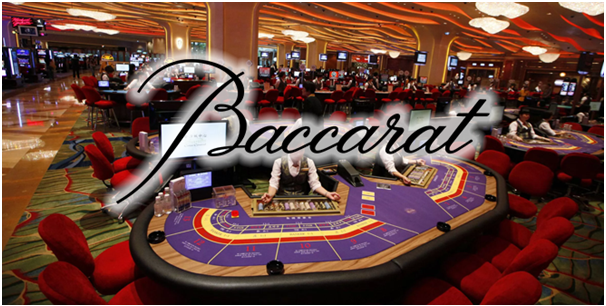
The popular casino card game may have originated from Italy or France. Felix Falguierein, an Italian gambler is believed to be the inventor of baccarat, but it was first noted in France as early as the 1400s. It was a game enjoyed by royalties and nobilities across European countries.
Interestingly enough, the game has found its way into popular gaming establishments; thanks to Tommy Renzoni, baccarat traveled from South America to the rest of the United States and other parts of the world.
There are three widely-known versions of baccarat and different countries may have their own modified rules. Pay-outs also vary from casino to casino. The modern baccarat we know today is still popular among celebrities, VIPs and “high rollers.” Games simply labeled as ‘baccarat’ refers to the Punto banco or North American version.
Three popular variations
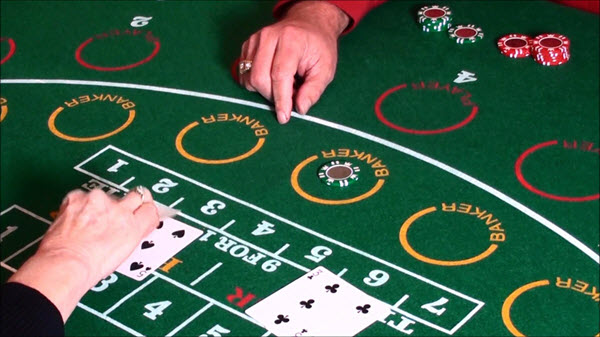
Punto Banco – the version of baccarat used in majority of the casinos in the US, UK, Canada, Australia and Macau to name a few. Punto banco can be played at big tables or at mini tables for casual gamers. Because high–stakes bets are often involved in a big table or full-scale baccarat, some casinos assign VIP rooms separated from the main gaming floor.
Baccarat Chemin de Fer – in contrast to Punto banco, which is a pure game of luck, this version gives players an option to shuffle and deal cards. The cards are also dealt face down instead of face up. In this game variation, the player may also decide whether to take an additional card or not.
Baccarat Banque – follows the same rules as Baccarat Chemin de Fer, except the croupier will pick one player that will play as a dealer and banker for the entire shoe.
Rules of a Standard Baccarat Game
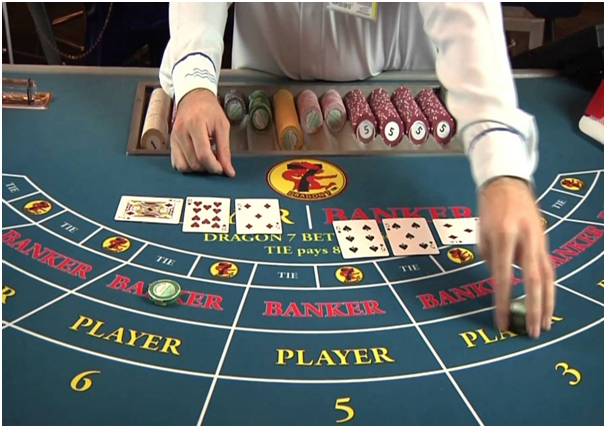
Every baccarat game offers three staple bets, including the banker hand, player hand, and tie. When placing a banker or player bet, you’re gambling on one of these hands beating the other. Here’s an example. You wager on the banker hand, if the banker gets a score of 8 and if the player gets a score of 7 and the banker hand wins, and you win your bet.
A tie wager is based on the banker and player ending up with the same score and you win a large payout when both hands tie.
The house edge in Baccarat
The banker hand has a 1.06% house edge, the player hand has a 1.24% house advantage, and the tie bet normally has a 14.36% house edge which can vary based on payouts. You can see that the banker bet offers the best chance to win. Even with the casino taking a 5% commission from winning banker wagers, it still maintains the lowest house advantage. The player bet isn’t far behind in terms of house edge. Some punters enjoy making this wager when they feel that recent trends suggest doing so. The tie bet should be avoided at all costs. With a 14.36% house advantage, this is one of the worst wagers in all of gambling. As long as you understand the baccarat bets, then you’re all set to play and you needn’t use any skill beyond choosing the outcome and how many chips you’ll lay down. All you need to know is how the scoring system works to play baccarat as a pro.
The scoring system in baccarat.
The hand that has a score closest to nine wins. The first digit of a score is dropped if it’s 10 or higher.
Here’s how baccarat scoring works.
- Ace = 1
- 2-9 = Face value (i.e., 5 is worth 5)
- King, queen, jack = 0
The banker and player both receive two cards to start each round. The score of each hand determines whether the player and banker receive another card.
The rules on drawing for cards are
- If the banker or player draw an 8 or 9 on their first two cards (a.k.a. natural), they win as long as there’s no tie
- The player receives a third card if they have less than 5. They stand on a score of 6 or 7
- The banker draws when they have less than 6 and the player has 6 or 7. They stand if their total is 6 or 7
- Whenever the player receives a third card, the banker also draws for another card based on what the player has.
How to Play Baccarat
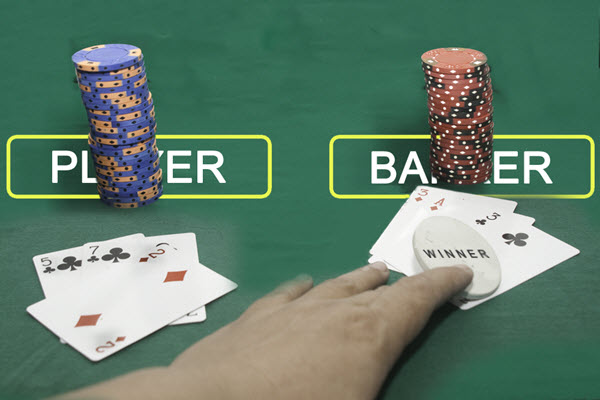
Baccarat is a single-play game with simple rules. The not-so-steep learning curve and low house edge make it accessible even to novice players. Because of its stringent pre-determined rules, no complex strategies or skills are involved. After placing your bet, all you have to do is wait for an outcome. The aim of baccarat is to bet on the hand that you think will get a total point of nine or closest to nine.
- There are three possible outcomes in each baccarat coup: player wins (punto), banker wins (banco) and a tie (standoff). You can bet on either of the two hands. Other casinos, such as City of Dreams – Manila and Resorts World, have additional betting options (side wager) where you can bet on Player Pair, Banker Pair, Tie and Super Six.
- When all bets have been placed, the dealer deals the initial two cards to both player and banker.
- Aces are worth one, face cards (kings, queens, and jacks) and 10 are worth zero. Cards 2-9 are worth face value and jokers are not used in the game.
- If either the player or banker gets a total of 8 or 9, it is considered a natural and no more cards are dealt. Winning bets are paid and the game is finished.
- If neither hand has 8 or 9, a third card can be drawn by consulting the tableau (Table of Play). These rules are strictly implemented and cannot be decided by the player.
- Player stands if the hand total is 6 or 7. If the player’s initial two cards total is 5 and below, a third card is drawn.
- If the total point of banker’s first two cards is worth 0, 1 and 2, then the banker draws a third card. If it’s worth 3, 4, 5, or 6, the banker draws a third card based on the rules from the table below.
- If the combined points total is more than 10, only the rightmost digit of the sum of their constituents is counted. For example, a hand consisting of 5 and 7 has a sum of 12 but only worth 2.
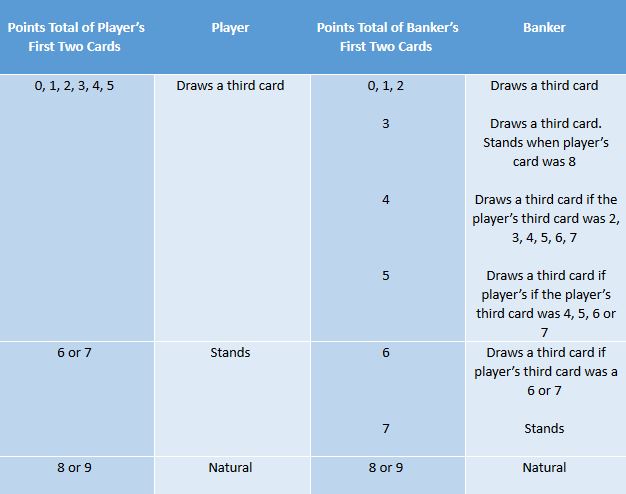
Some casinos add side bets to this game. Here are common side wagers that you’ll find in land-based and online casinos forming a variation in the game play of Baccarat.
- Big bet: Wager on if the player and banker will combine for 5 or 6 cards. It pays 0.54:1 on your bet, and the house edge is 4.35%.
- Small bet: Wager on if the player and banker will combine for 4 cards. It pays 1.5:1 on your bet, and the house edge is 5.27%.
- Dragon 7: This EZ baccarat bet is based on whether the banker will win with a three-card 7 total. The payout is 40:1, and the house advantage is 7.60%.Dragon Bonus (player side): Bet on the player side winning with a natural (8 or 9) or by 4+ points. The house edge is 2.70%.
- Lucky Bonus: Wager on the banker winning with a score of 6. The house advantage is 2.66%, and you must risk up to 10% of your banker bet.
- Panda 8: This EZ baccarat side wager is based on the banker winning with a three-card 8. The payout is 25:1, and the house edge is 10.19%.
- Royal Match: Wager on the banker or player being dealt a suited or unsuited king-queen combo with their first two cards. The suited king-queen pays 75:1, and the unsuited combo pays 30:1. The house edge is 2.13%. These bets are nice for those who want to chase big payouts. You can especially win big with the Royal Match, Dragon 7, and Panda 8 wagers. Royal Match and Lucky Bonus also give you good chances to win because they feature a 2.13% and 2.66% house edge, respectively.
- Macau Baccarat: Macau baccarat differs, though, by allowing players to pick up their cards and even perform good luck rituals. Macau players will slowly bend back card corners to reveal the value. This superstition is based on the belief that slowly looking at your card value will improve your chances of winning. The rules aren’t any different at Macau tables than they are in any other mini baccarat game. But the superstitions, player passions, and ability to touch your cards makes this a baccarat experience to remember.
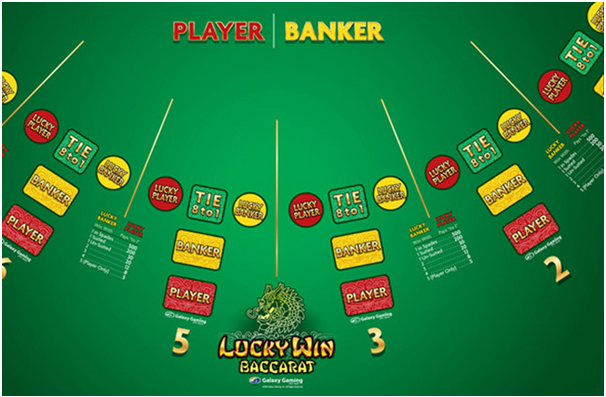
Though Baccarat variations don’t differ greatly from the original versions but t you can still find enough variety to make trying different games worth your while.
